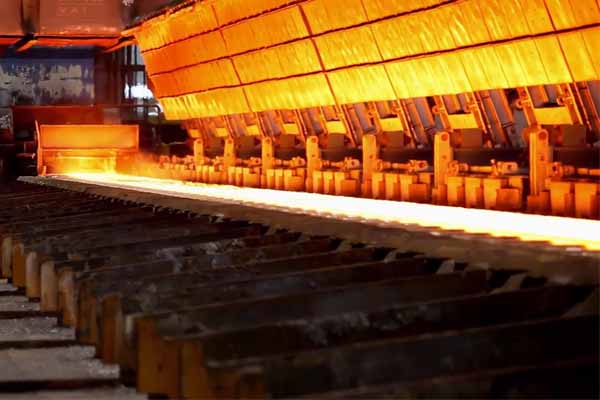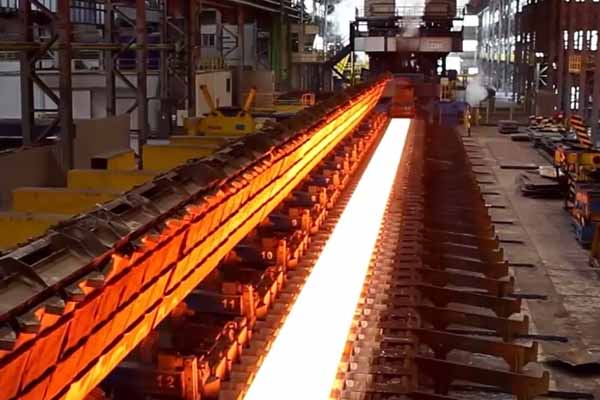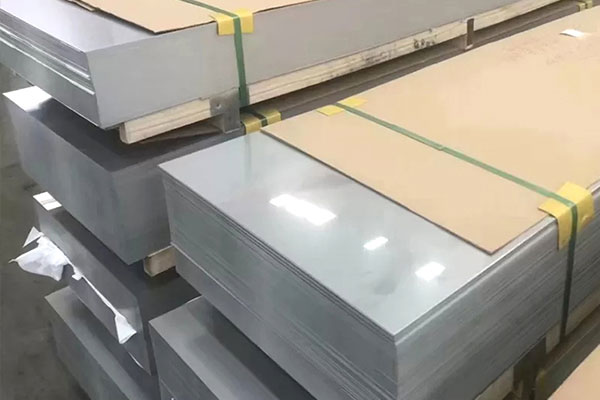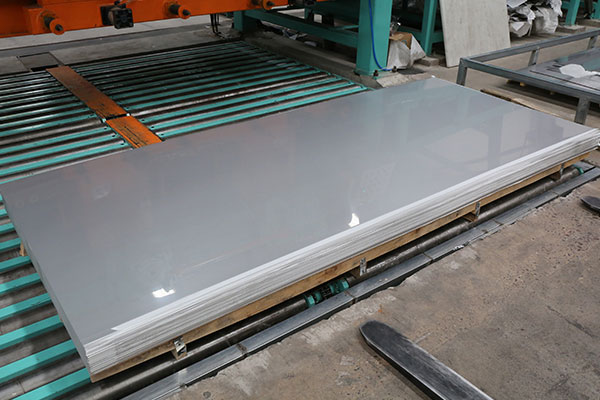Q1: What is a nickel alloy plate, and how does it differ from standard stainless steel?
A1: Nickel alloy plates are high-performance materials composed primarily of nickel (≥50%) with additions like chromium, molybdenum, and iron. They excel in extreme environments, offering superior heat resistance (up to 1200°C) and corrosion resistance compared to stainless steel. For example, Inconel 625 withstands chloride-induced stress corrosion cracking 10x better than 316 stainless steel. These alloys are critical in aerospace, chemical processing, and energy industries, where material failure is not an option. Always verify compliance with ASTM or AMS standards (e.g., ASTM B564) for your application.
Q2: How to choose between Inconel, Hastelloy, and Monel alloys?
A2: Selection depends on operational conditions. Inconel (e.g., 625/718) is ideal for high-temperature oxidation environments like jet engines. Hastelloy (e.g., C-276) resists strong acids and localized corrosion, making it suitable for chemical reactors. Monel (e.g., 400) excels in marine applications due to its seawater corrosion resistance. Review factors like temperature, pH, and exposure to H₂S/Cl⁻, and consult standards like NACE MR0175 for sour service environments.
Q3: Can nickel alloy plates maintain strength above 1000°C?
A3: Yes, certain nickel alloys retain strength at extreme temperatures. For instance, Haynes 230 maintains ≥200 MPa tensile strength at 1000°C, while standard stainless steels lose 80% of their strength by 800°C. However, prolonged exposure above 1150°C may accelerate oxidation. For such conditions, oxide dispersion-strengthened (ODS) alloys like Inconel MA754 are recommended.
Q4: What are the main challenges when machining nickel alloys?
A4: Nickel alloys are prone to work hardening and rapid tool wear due to their toughness. Use carbide-coated tools at low cutting speeds (≤30 m/min) and apply high-pressure coolant to dissipate heat. Post-machining stress-relief annealing (e.g., 620°C for Inconel 718) minimizes distortion. Laser cutting with nitrogen shielding reduces thermal damage for complex shapes.
Q5: What welding techniques are suitable for nickel alloy plates?
A5: Welding requires precision: match filler metals to the base alloy (e.g., ERNiCrMo-3 for Inconel 625), use argon-CO₂ shielding gas to prevent oxidation, and maintain interpass temperatures below 150°C. Post-weld heat treatment (PWHT) and non-destructive testing (RT/UT) are essential to prevent cracks and ensure joint integrity.
Q6: Are nickel alloys resistant to all corrosive chemicals?
A6: While nickel alloys resist reducing acids (e.g., sulfuric, hydrochloric), they degrade in strong oxidizing media like nitric acid. Hastelloy B-2 tolerates 50% boiling sulfuric acid but corrodes rapidly in nitric acid. Always test materials in simulated environments using ASTM G48 or similar standards, especially for mixed chemical exposures.
Q7: How to verify the authenticity of nickel alloy plates from suppliers?
A7: Demand certified mill test reports (MTRs) with spectrographic analysis (ICP-OES) confirming Ni, Cr, and Mo content. Third-party lab testing for critical projects can validate mechanical properties and corrosion rates. Avoid suppliers offering prices far below market averages or lacking traceable certifications like AMS 5599.
Q8: Why are nickel alloy plates so expensive, and how to reduce costs?
A8: Nickel accounts for 60% of material costs, and LME price volatility directly impacts budgets. Strategies include negotiating long-term contracts for bulk orders (≥5 tons), substituting grades (e.g., Incoloy 800 instead of Inconel 600), and optimizing designs to minimize machining waste.
Q9: Why does custom-sized nickel alloy plate take months to deliver?
A9: Production involves vacuum induction melting (VIM), electro-slag remelting (ESR), and multi-stage rolling, which can take 8–12 weeks. For urgent needs, inquire about semi-finished stock or laser-welded assemblies to reduce lead times to 4 weeks.
Q10: Do nickel alloys resist stress corrosion in offshore oil environments?
A10: In H₂S and Cl⁻ environments, select NACE MR0103-compliant alloys like Inconel 725 with hardness ≤HRC 35. Design components with smooth transitions (no sharp corners) to reduce stress concentration. Regular inspections and coatings further mitigate sulfide stress cracking (SSC) risks.
Q11: How to achieve semiconductor-grade surface finishes on nickel alloys?
A11: Electropolishing (EP) and ultrasonic cleaning achieve Ra ≤0.2 μm surfaces, critical for semiconductor tools. Conduct magnetic permeability tests to ensure residual fields <2 gauss. Processing in ISO Class 4 cleanrooms complies with SEMI F20 standards for contamination control.
 English
English Русский
Русский







